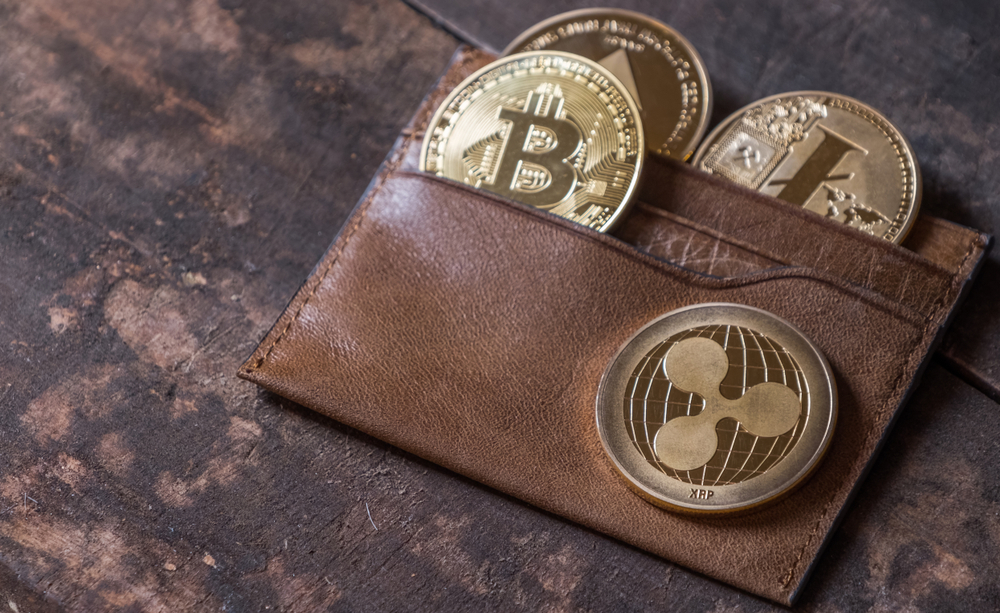It’s said in the crypto world that once you’re serious about Crypto, you get a cold wallet. Now, what exactly are cold and hot wallets? It sounds like tea, right? But is it? Everyone’s cup of tea?
After seeing highs and highs every day from the past week, cryptocurrencies like Bitcoin have experienced a more significant surge through 2019 and 2020, surpassing previous all-time highs (ATH). Conquering that was the recent ATH kissed by Bitcoin just a couple of days back. Unfortunately, as these numbers surged, so did the number of publicized hacking events. Given the most significant fact that many investors are new to the system and may not know how to keep their investments secure and out of the hands of the ingenious hands of hackers.
Some of the most prominent thefts have been those that have taken place in plain sight: some hacks even blatantly reroute tokens bound for one wallet for another. The victims watch as their tokens are stolen away from them, leaving them with their mouths and eyes wide open.
The loss could be as big as theft and as minute as computer failure, loss of access keys which are just random words in a particular order. Now, would you gamble all of your portfolios on just your ability to memorize some words in a specific order? I guess or hope not.
Here comes in Wallets. Let’s see what the fuss is all about.
There are two types of crypto wallets you can use to keep your money safe – Hot Wallets and Cold Wallets.
The main difference is that the hot wallets connect to the internet, whereas cold wallets stay offline. This makes hot wallets more convenient to use but not as secure. On the other hand, there is far less risk of a cold wallet being hacked than a hot wallet.
Another critical difference is price. Most hot wallets are free to use. But, on the other hand, Cold wallets typically cost anywhere from $50 to $150. Because of that, crypto investors often wonder at what point the security of a cold wallet makes it worth the price tag. Let’s dive a bit deeper into this.
Why Cold Wallet?
Surely this would be the first question arising now, why do you even need a Cold wallet? Why not keep it where you got it? We’ll look at every scenario.
- Keep it where you bought it. Some of the best cryptocurrency exchanges keep coins in their own cold storage for security. Nonetheless, this still isn’t recommended. The exchange will technically have control of your crypto. Plus, this sets loose the axe over your head of your account getting hacked.
- Hot Wallets. You could move your coin or tokens to a hot wallet. Which is a digital wallet on the internet, a computer or a smartphone.
- Cold Wallets. Or you could move your crypto to a cold wallet which is any type of storage which is not connected to the internet. Most popular in this category falls on hardware wallets (devices made for storing crypto)
These wallets store a user’s address and private key on something not connected to the internet and typically come with software that works in parallel so that the user can view their portfolio without putting their private key at risk.
Perhaps the most secure way to store cryptocurrency offline is via a paper wallet. A paper wallet is a cold wallet that you can generate off of certain websites. It then produces both public and private keys that you print out on a piece of paper. The ability to access cryptocurrency in these addresses is only possible if you have that piece of paper. Many people laminate these paper wallets and store them in safety deposit boxes at their bank or even in a safe in their home. Paper wallets have no corresponding user interface other than a piece of paper and the blockchain itself.
If you understood the what and why of Cold wallets, let’s take a step further.
When Cold Wallet?
An arbitrary practice that goes around underlying this is you should use a cold wallet when you have more Crypto than you would be comfortable losing.
For small fractions of Crypto, cold wallets aren’t necessary. For example, if you have $100 worth of Crypto or less, the cost of a wallet would be similar to your Crypto’s value. It doesn’t make much sense to pay $50 to protect Crypto that’s worth $50.
Usually, you should consider having cold wallets when you have about $250 or more of Crypto. But indeed everyone’s risk tolerance is different. There’s no one-size-fits-all answer here. And if we consider the market volatility in a positive sense, it’s good to be cautious. A one-time $50-$100 purchase isn’t much considering how valuable Crypto can be.
For recommendations, I will suggest some here, but as you already know, you should DYOR (Do Your Own Research).
The two most popular brands in the industry are Ledger and Trezor.
Also, it is worth considering that Ledger’s silver shining reputation also took a hit after a data breach in July 2020. Although the hardware wallets weren’t affected and nobody lost any crypto, over 250,000 customer records were leaked.
So, you now know what and why and the when about Cold Wallets. But no knowledge is enough. So, once again, DYOR and happy trading.

